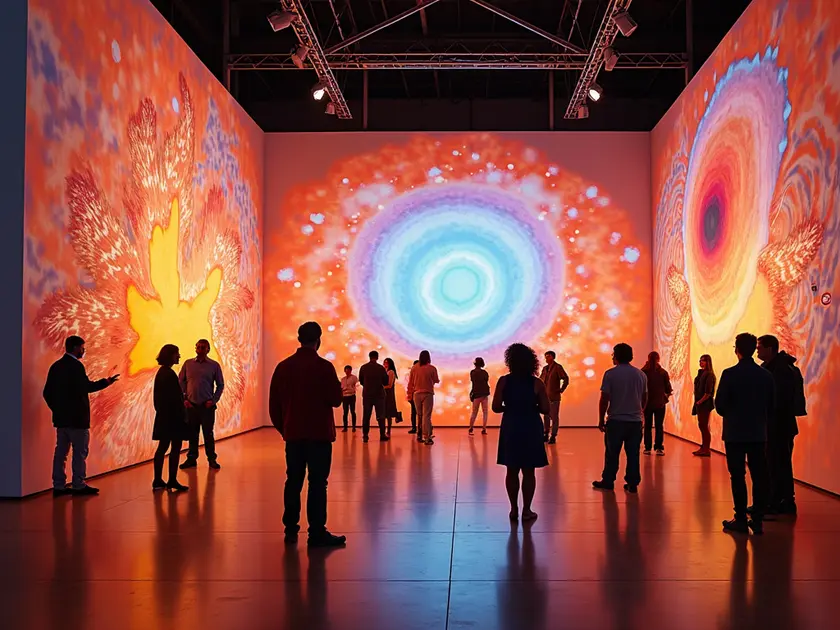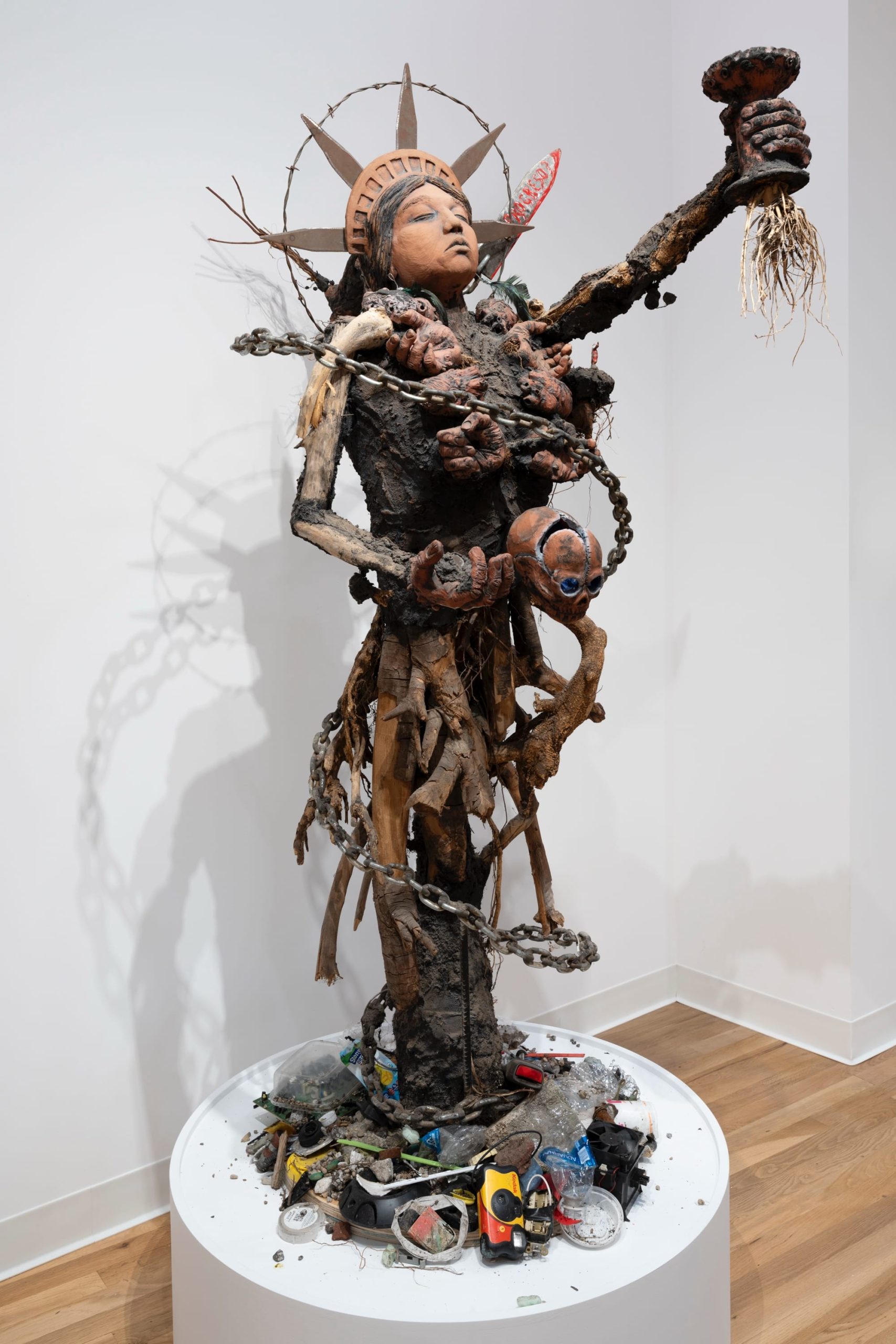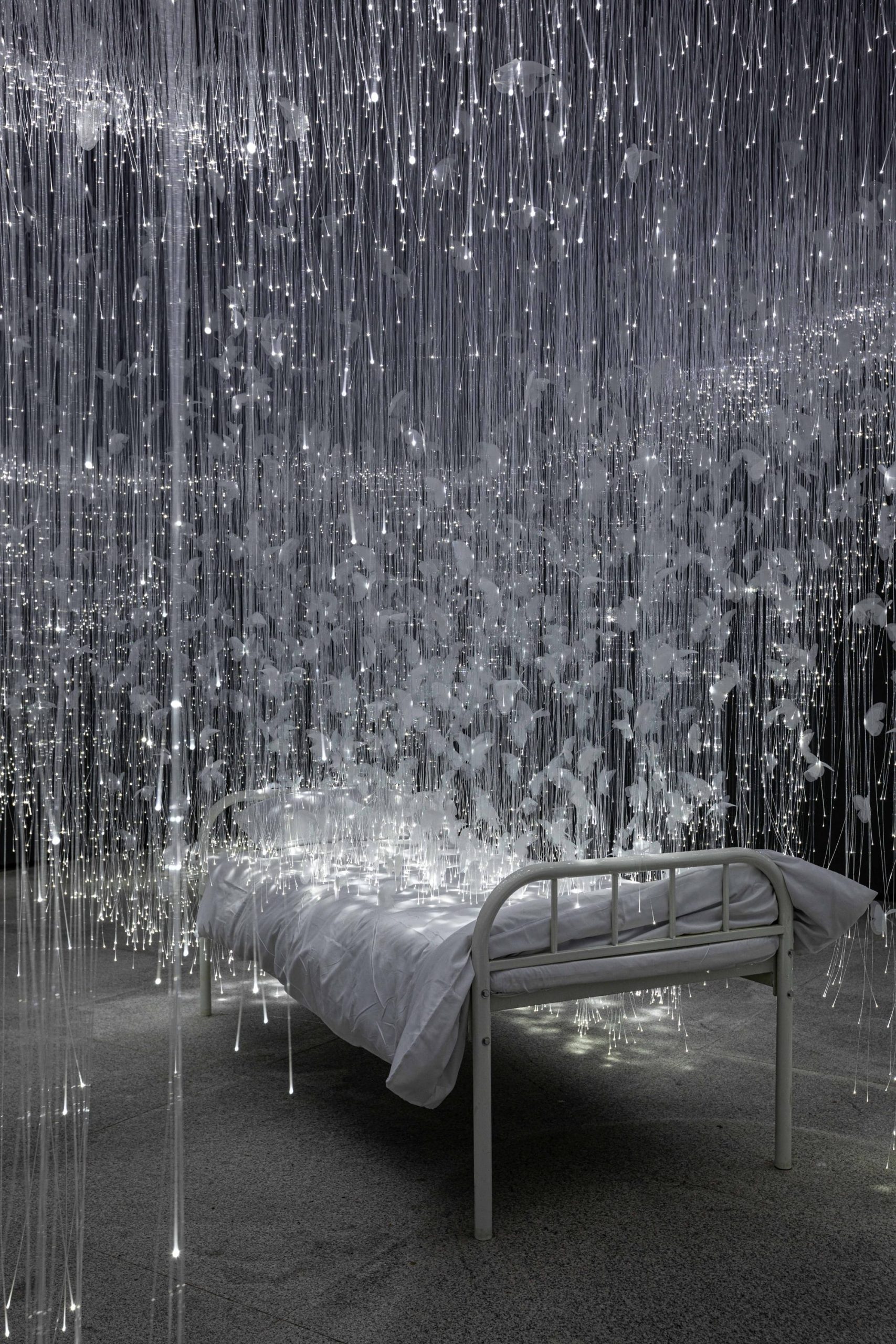Creating Eye-Catching Art Installations
Art installations have the power to captivate and inspire viewers, transforming ordinary spaces into extraordinary experiences. Whether you are a seasoned artist or a novice looking to explore the world of installations, understanding the fundamentals of creating eye-catching art pieces is essential. In this article, we will discuss simple tips, materials, colors, and lighting techniques to help you bring your artistic vision to life and create installations that leave a lasting impression.
Simple Tips for Creating Eye-Catching Art Installations
Creating eye-catching art installations requires a combination of creativity, skill, and attention to detail. Follow these simple tips to make your art installations stand out:
- Focus on a Theme: Choose a central theme or concept for your art installation to give it a cohesive and impactful look.
- Consider the Space: Take into account the location and surroundings where your art installation will be displayed to ensure it complements the space.
- Play with Scale: Experiment with different sizes and proportions to create visual interest and depth in your art installation.
- Use Unexpected Materials: Think outside the box and incorporate unconventional materials to add a unique touch to your art installation.
- Pay Attention to Details: Sweat the small stuff – details like texture, color, and placement can make a big difference in the overall impact of your art installation.
- Invite Interaction: Encourage viewer engagement by incorporating elements that invite interaction, such as movable parts or sensory experiences.
- Seek Feedback: Don’t be afraid to ask for feedback from others to gain valuable insights and perspectives on your art installation.
Choosing the Right Materials and Colors for Your Art Installation
When it comes to creating an art installation, selecting the right materials and colors is crucial for conveying your artistic vision effectively. Here are some key considerations to keep in mind:
1. Materials:
- Durability: Choose materials that can withstand the elements if your installation will be displayed outdoors.
- Texture: Consider the texture of the materials and how it will interact with the surrounding space.
- Weight: Ensure that the materials are suitable for the structural requirements of your installation.
- Cost: Balance the cost of materials with the overall budget for your project.
2. Colors:
- Mood: Select colors that evoke the desired mood or emotion in viewers.
- Contrast: Experiment with contrasting colors to create visual interest and depth.
- Harmony: Create a cohesive color palette that ties the installation together.
- Impact: Consider how colors will interact with lighting to enhance the visual impact of your installation.
By carefully choosing the right materials and colors for your art installation, you can create a visually stunning and impactful piece that resonates with your audience.
Utilizing Lighting Techniques to Enhance Your Art Installation
Lighting plays a crucial role in enhancing the visual impact of your art installation. By strategically incorporating lighting techniques, you can create a mesmerizing and immersive experience for viewers.
Types of Lighting
- Spotlighting: Directing focused light on specific elements of your installation can create dramatic effects and draw attention to key features.
- Uplighting: Placing lights at the base of your installation to illuminate it from below can add depth and shadows, creating a dynamic visual impact.
- Backlighting: Placing lights behind your installation can create silhouettes and outlines, adding a sense of mystery and intrigue.
Color Temperature and Intensity
Consider the color temperature and intensity of the lights used in your installation. Warm tones can create a cozy and intimate atmosphere, while cool tones can evoke a sense of calm and serenity. Adjusting the intensity of the lights can help control the overall mood and ambiance of the space.
Dynamic Lighting Effects
Explore dynamic lighting effects such as color-changing LEDs, strobe lights, or dimmable fixtures to add movement and excitement to your art installation. These effects can create a captivating visual experience that evolves over time.
Lighting Control Systems
Invest in lighting control systems that allow you to program and customize the lighting effects of your installation. With these systems, you can create preset lighting scenes, adjust brightness levels, and even synchronize the lights with music or other elements of your installation.
By leveraging lighting techniques effectively, you can elevate the impact of your art installation and create a memorable experience for your audience.






